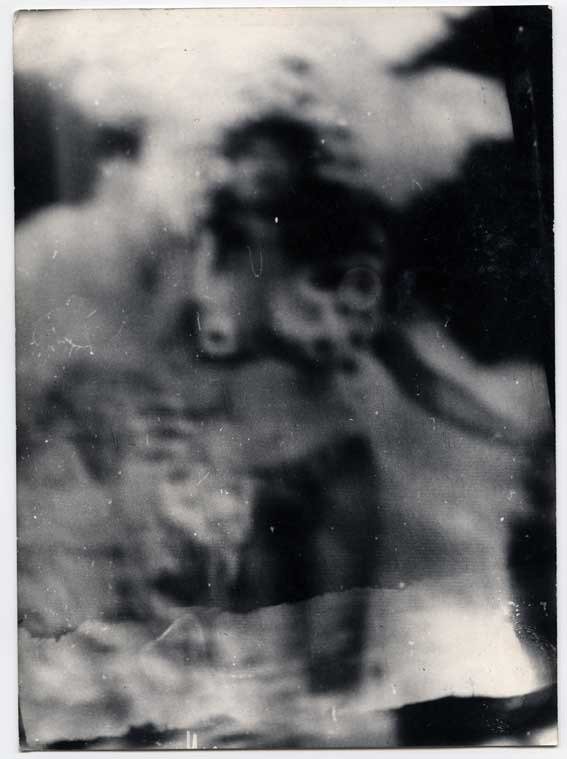Miroslav Tichy
dal 7/3/2012 al 27/4/2012
Segnalato da
7/3/2012
Miroslav Tichy
Galerie Pascal Polar, Bruxelles
A story about blurred, underexposed photos and homemade cameras. From the end of the 1960s he began to take photographs. Ever since, he has been hunting, taking pictures of that he used to paint: women. The images constitute a large oeuvre of poetic, dreamlike views of feminine beauty.

The first show of Tichý in a french area since his retrospective at the Centre Pompidou in 2008.
One of those incredible stories. A story about blurred, underexposed photos and homemade cameras. A story aboud the bodies of women, taken pictures of with the eyes of a confessed voyeur, who sneaks a look through the fence of the men's bath to get a glimpse of the ladiesand who puts up with the ubiquitous fence patterrn inscribed on the obscure bodies of his victims by the measures of decency. Maybe one of the weirdest, most touching contributions to the gallery of "bathers" that has sublimed all the longing for bodies in the occidental history of art. The incredible story also has its rift, the rupture that simply occurs without a cause there.
Miroslav Tichý is not naive. He had studied at the academy of arts in Prague and was an avantgarde painter in the Fifties, not without risk in communist Czechoslovakia. He was in jail for eight years, but yet he had his entourage that admired him. Until it simply occurred: the rift, the rupture, the becoming of an outcast, of somebody who belongs nowhere. For a while, Tichý kept on painting; then he built his first camera, refining the prototype in whichever way the yield of scrap allowed for. Ever since, he has been hunting, taking pictures of that he used to paint: women. How should we call that, here, in the context of art? The breakthrough of an impulse? Obsession? The art of a misfit? How should we call pictures, the author of which remains unknown, hidden in subconsciousness? The incredible story plays deep down inside, and yet far out, in a dimension for which we have no category of explanation, of comprehension, not even of description.
Harald Szeemann, 2004
Miroslav Tichý
1926 Born in Kyjov, Moravia, Czech Republic
1945–1948 Academy of Arts in Prague
After studying at the Academy of Arts in Prague, Miroslav Tichý withdrew to a life in isolation in his hometown of Kyjov, Moravia, Czech Republic. In the late 1950s he quit painting and became a distinctive Diogenes-like figure. From the end of the 1960s he began to take photographs mainly of local women, in part with cameras he made by hand. He later mounted them on hand-made frames, added finishing touches in pencil, and thus moved them from photography in the direction of drawing. The result is works of strikingly unusual formal qualities, which disregard the rules of conventional photography. They constitute a large oeuvre of poetic, dreamlike views of feminine beauty in a small town under the Czechoslovak Communist régime.
At the occasion of the show, a book will be published with texts by Harald Szeemann, Carolyn Christov-Bakargiev (director of the Documenta XIII, 2012), Marc Lenot, Nick Cave (the musician) and Pascal Polar.
Image: mt-15-1-66, untitled, photo Tichy, gelatin silver print 18 x 13cm
Opening on Thursday, March 8, 6-9pm
Galerie Pascal Polar
108, Chaussée de Charleroi - 1060 Brussels - Belgium
Tuesday-Saturday 2 to 7 p.m. & upon request



